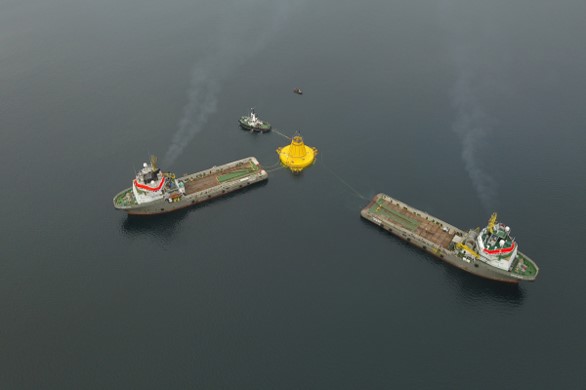“The company is profitable, and anticipated to remain profitable for at least the year.” This is the number one circumstance provided by the High Court of Justice in their judgement on the proposed restructuring plan put forward by the current board of Hurricane.
In the light of the significant downgrade in resources and reserves for the Lancaster development, announced in tandem with the release of a new Competent Person’s Report this year, the current Hurricane board proposed a financial restructuring on 30 April.
The reasoning behind the proposed restructuring plan was that given current performance, the July 2022 maturity date of $230 million in Convertible Bonds was difficult to meet, leaving the company unable to repay the bonds in full.
If approved, the plan would have deprived existing shareholders of 95% of their current share, in favour of the bond holders and the company’s balance sheet.
But the High Court has now ruled that the Hurricane Board does not have sufficient ground to deprive shareholders of their assets, because the development is seen as still holding potential.

As brought forward in the extensive and well written court ruling, the dispute between the proponents (bondholders) and opponents (shareholders) of the restructuration plan centred around the ability of the single Lancaster production well (P6) to generate enough cash to meet the July 2022 Bond repayment deadline.
In support of this, multiple shareholders presented scenarios whereby – in case the amount of cash generated was just falling short of the required amount – multiple vehicles were available to bridge the gap between the two, such as a simple bank loan or raising money from the existing shareholders.
The only production well from Lancaster (P6) is now expected to stay economic until early 2024 and will be able to lift an estimated 5,9 MMbo in 2022 and 2024. However, as discussed in this article, there may well be potential to recover more from the field if a development strategy is embraced to further produce the significant volumes likely to be present in the sandstones overlying the basement.
In addition, the shareholders commissioned a third party to come up with another prediction on recoverable reserves within the next year. This report concluded that the fracture porosity as estimated by the 2020 CPR (commissioned by Hurricane) is underestimated, such that the volume of oil originally in place could be of an order of magnitude higher.
The current board maintains that great uncertainty exists with regards to being able to charter the current FPSO (Bluewater’s Aoka Mizu) for another term, and that this would depend on the restructuring plan to be sanctioned. However, as the judge made clear point by point, there are in fact multiple lines of support for a scenario where it would be in the owners’ (Bluewater) interest to keep the vessel at station West of Shetland.
Finally, the shareholders were keen to emphasise the potential of other licences Hurricane still has a share in. As example of this is the Lincoln discovery, which flowed the “Rolls-Royce” of oil, as one of the investors put it.
Based on these considerations, the judge arrived at the conclusion to decline the sanction of the restructuring plan, which would have meant that all shareholders essentially loose all but a fraction of their equity in the company and hence the value of their investment.
As we also reported on recently, there is a future for Lancaster. A future which holds the same uncertainties as for all oil and gas developments, but a future regardless.
HENK KOMBRINK





